Yesterday's photo was taken just outside of the Erg Chebbi dunes in Morocco. Traveling there was a bit surreal. We descended out of cold wet mountains and slowly but surely the air got hotter, drier, and dustier. We exited the last town into the desert. This wasn't a cartoon, US western desert with seguaros everywhere. Its grey, flat, and dusty. Took a left into the desert and then these beautiful orange dunes slowly started growing out of the horizon.
So, naturally, rather than contemplating the beauty of the landscape, I wanted to know, why are the sand dunes there but not here? Why do they just stop?
First, lets talk about how the sand dunes formed. Sand is just eroded rock that is now being moved around by the wind. To form a sand dune, the sand hits some obstacle, gets stuck, and starts piling up. Eventually you get the cool, undulating dune shapes so friendly to photographers. Over time, the sand dunes will migrate in the direction of the prevailing wind until the sand reaches a physical obstacle or a new environment with more variable wind conditions.
Through the magic of google earth, I was able to check out the Erg Chebbi Dunes...
So, naturally, rather than contemplating the beauty of the landscape, I wanted to know, why are the sand dunes there but not here? Why do they just stop?
First, lets talk about how the sand dunes formed. Sand is just eroded rock that is now being moved around by the wind. To form a sand dune, the sand hits some obstacle, gets stuck, and starts piling up. Eventually you get the cool, undulating dune shapes so friendly to photographers. Over time, the sand dunes will migrate in the direction of the prevailing wind until the sand reaches a physical obstacle or a new environment with more variable wind conditions.
Through the magic of google earth, I was able to check out the Erg Chebbi Dunes...
... turns out they are located in a river basin. The prevailing wind direction in the Sahara is easterly (as in it comes from the east), so sand is blown to the west across land at an elevation of about 3000 feet. When it drops into the river valley, it slows down and more sand drops out onto the ground, creating the original dunes. Perhaps localized wind conditions within the valley keep it in more or less the same area.
My curiosity is mostly sated, but actual geologists (not pretend ones like me) feel free to sound off...
My curiosity is mostly sated, but actual geologists (not pretend ones like me) feel free to sound off...
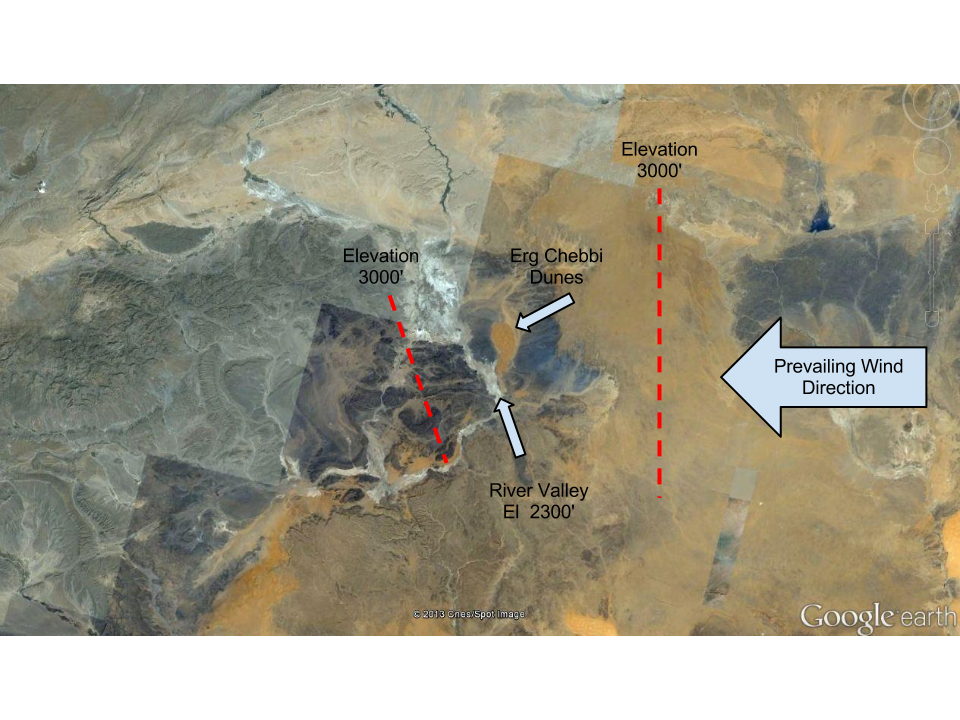

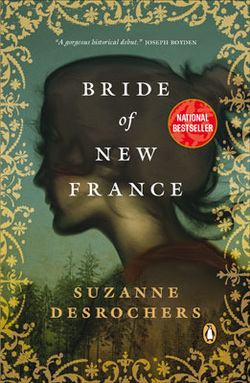
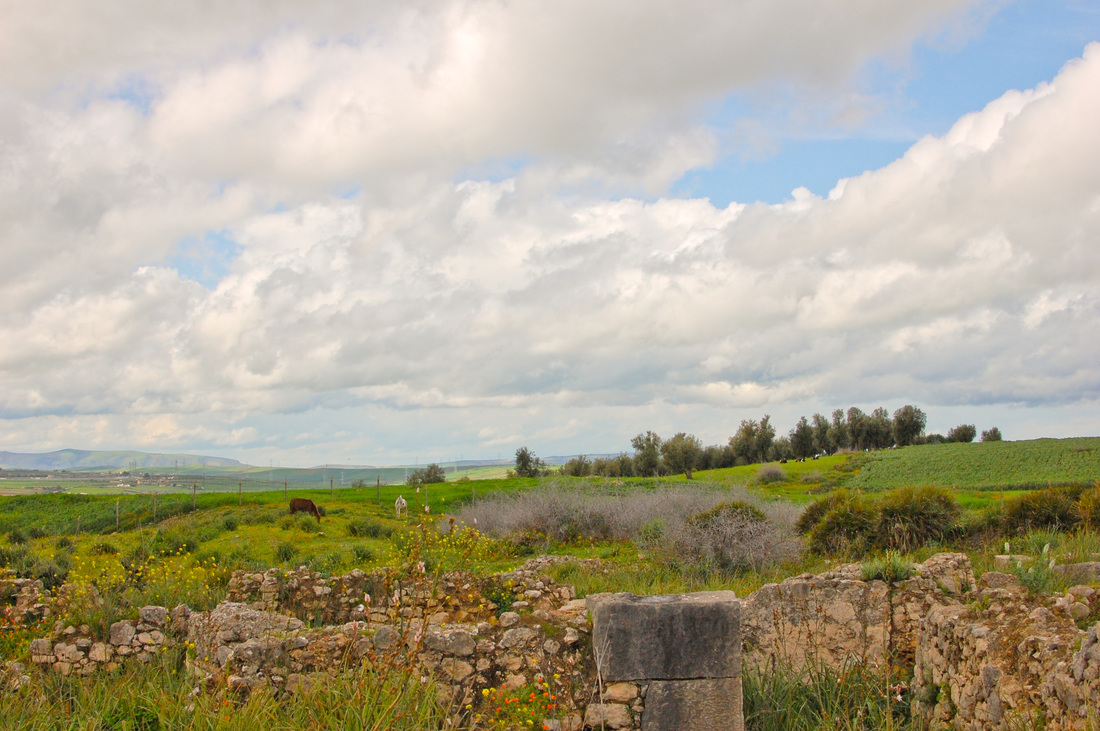
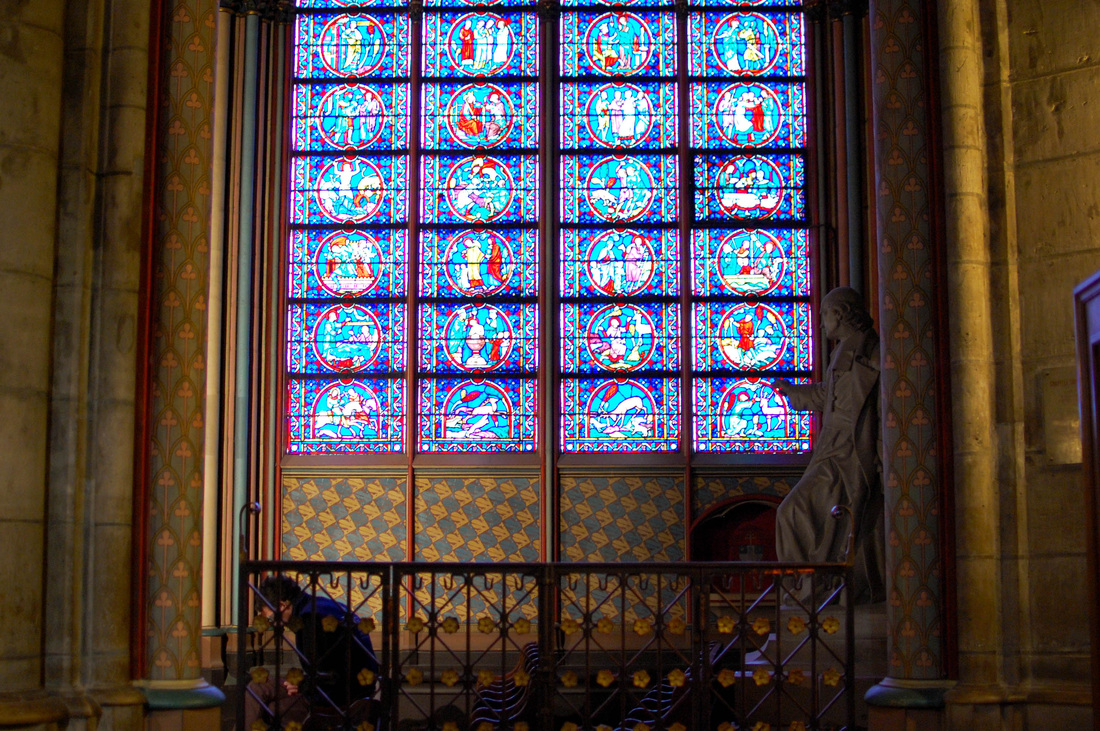

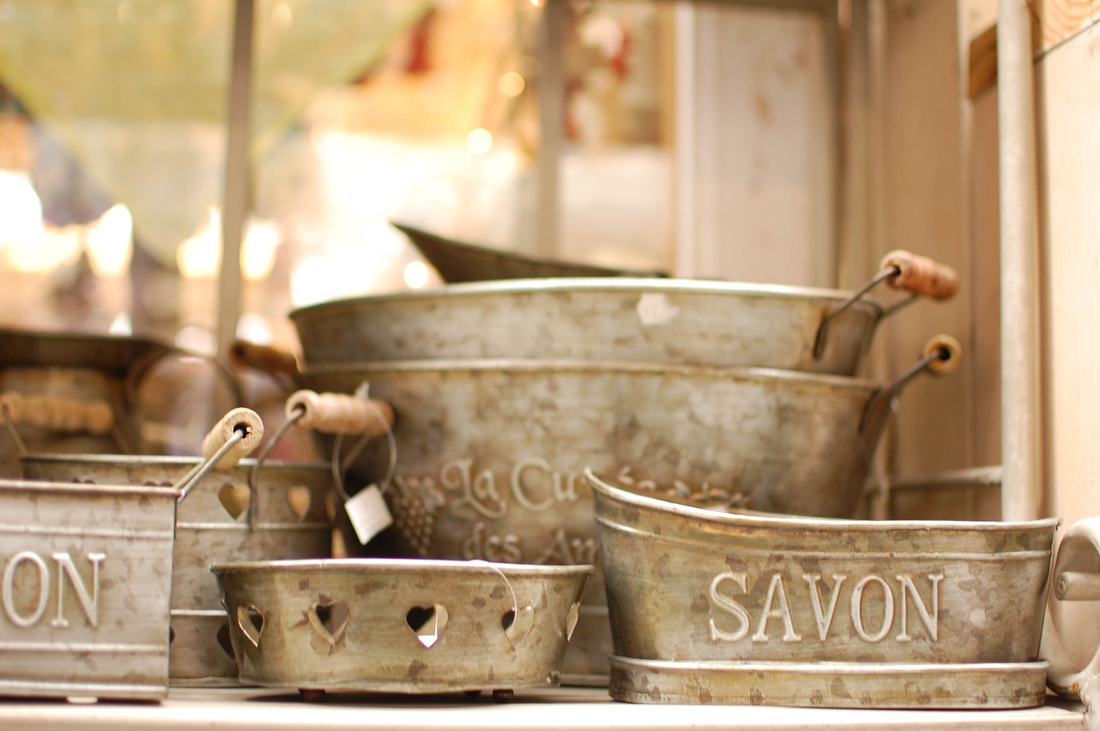

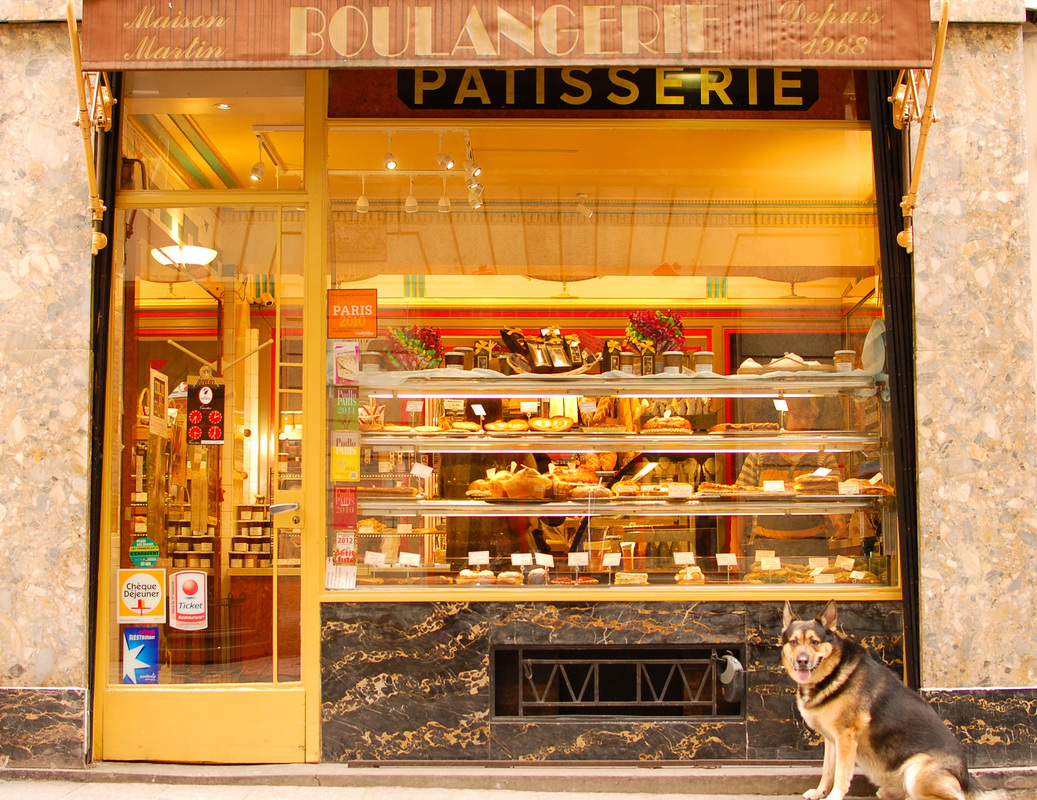
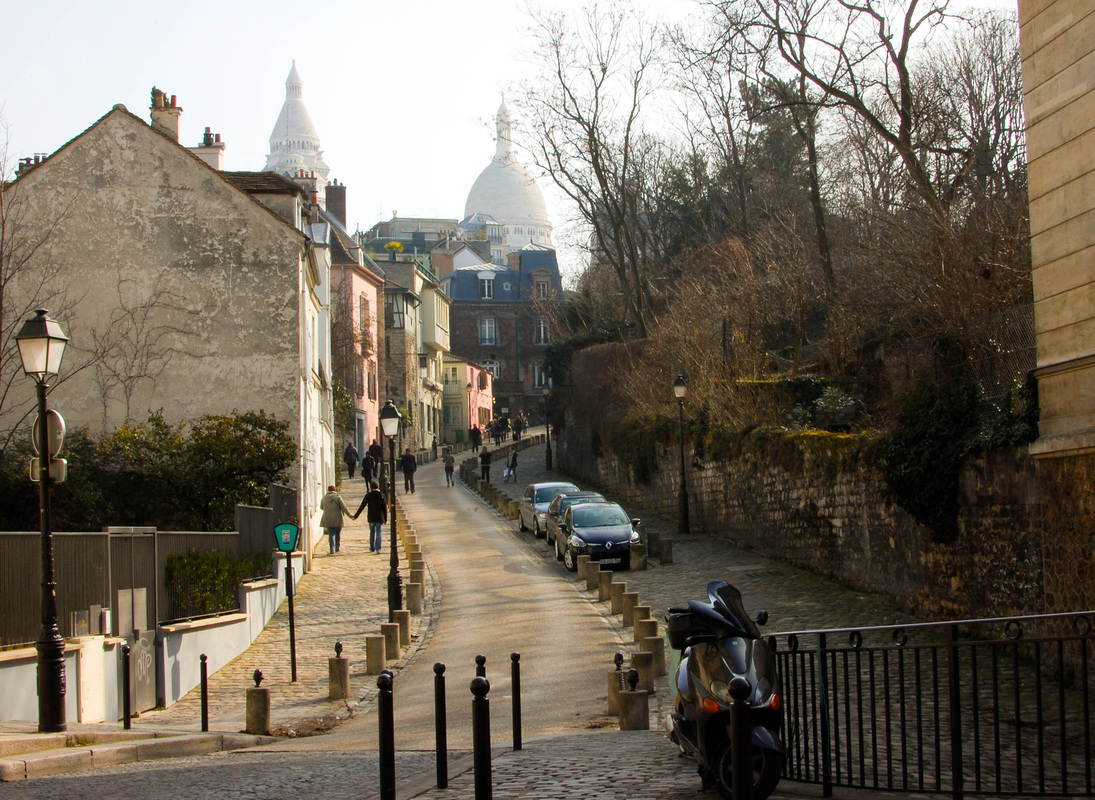
 RSS Feed
RSS Feed